Today, technology continues to evolve, with companies all over the globe required to adapt to the constant evolution. It is necessary to meet the challenges brought about by digital transformations. This calls for Governance, Risk, and Compliance (GRC) measures. GRC is a framework to align Information Technology with business standards and goals while managing risks and meeting necessary industry and government compliances. The GRC framework provides specific tools and procedures to bring together an organization’s governance and management of risk alongside its technological advancement and adaption to the same. Companies implementing GRC can achieve business goals, reduce uncertainty, and meet various compliance requirements. As technology evolves, regulatory requirements diversify due to the parallel; organizations must strategize to avoid such risks and simultaneously comply with statutory norms.
Digital Transformation
Rapid digitalization of means and ends of economic activities has disrupted conventional GRC practices as companies have struggled to keep up with the inconsistent complexities of business practices. Cloud-based practices and solutions, as well as automation and machine learning programs, require constant monitoring and alerting followed by reporting to keep the companies compliant with various industry regulations. In addition, other mobile and remote working forces complicate aligning with compliance requirements due to the accessibility of data and issues concerning cyber security. Hence, the rise of digital transformation has impacted businesses significantly across the globe, forcing the regulatory provisions to evolve accordingly to reflect upon such changes.
Cloud Computing
Cloud computing operations are comprehensive approaches that optimize and manage cloud infrastructure and services. Cloud computing integrates various disciplines like Quality Assurance, Platform Engineering, Site Reliability, DevSecOps, and Financial Operations. When all the above elements are brought together, the operations aim to bring efficiency, security, scalability, and cost optimization to such cloud-induced environments. However, it has made organizations susceptible to the new rising risks related to data residency, access, control, and privacy. As data theft and breaches evolve and get stronger, cloud computing has become the primary priority for many organizations. Companies are required to implement necessary measures to secure data and ensure compliance with the changing regulations. GRC personnel and professionals must evaluate their cloud service providers’ measures for compliance and assess possible vulnerabilities that could cause issues related to compliance.
Data Privacy Regulatory Landscape
The regulatory landscape for the implementation of GRC is mainly based on the jurisdictional and industrial ecosystem requirements. Each economy has its own set of provisions, legislations, and standards that must be complied with by the organizations within. This majorly influences the design of the regulations. Regulations around the world, like the GDPR, LGPD, and CCPA, have set global standards compelling companies to reevaluate their GRC operations and strategies. These regulations demand explicit consent from users for the collection, usage, and storage of data. The regulations further require companies to provide users with easy access to their own data and enable them to update, erase, or even transfer their data. It is important that the GRC professionals ensure that their respective organizations have appropriate policies and practices in place in order to avoid any penalties by the authorities.
A significant threat to companies is the cybersecurity requirements amidst the increasing cyber-attacks. It is essential for companies to invest in effective measures to resist and prevent such attacks. Such attacks may result in major financial losses and reputational degradation, which would, in turn, lead to loss of customer and shareholder confidence.
Regulatory Challenges
The digital atmosphere has brought several challenges to the GRC professional activities. Businesses must adapt to their GRC strategies to secure the digital infrastructure and mitigate potential threats. Such threats make companies vulnerable to regulatory provisions, resulting in heavy penalization. Companies that have their operations spread over the globe face several regional/country-specific regulatory challenges. Primarily, there are numerous requirements and objectives for every discrete risk and compliance management system. Secondly, there is an inability to catch hold of overlapping common controls, which may be transferred across mandates, lacunae across risk, and compliances. Businesses and system stakeholders are responsible for multiple evaluations that have similar patterns of questionnaires but in different formats, in addition to the expenses of maintaining duplicate controls. Additionally, companies’ GRC programs are unable to assess and precisely identify potential changes to such requirements, metrics, and control objectives when any such current regulations are amended or after the introduction of newer regulations. Lastly, the inability to evaluate requirements for any such new requirements as and when organizations deploy updated technologies, install new cyber infrastructures, launch new products, or even enter new market areas. In such situations, the challenge of new regulations, amendments to the current regulations, or the inception of new technologies add additional layers of complexities and overhead expenses. In any such standalone system, programs usually result in stakeholders missing out on the opportunities to design industrial standards, bring in resources, and hence reduce the overall responsibility to run the organization’s risk and compliance programs. There lies an additional burden to assess multiple aspects that directly impact the productivity of the organization.
THE COBIT FRAMEWORK
COBIT (Control Objectives for Information and Related Technologies) is a management system framework developed by ISACA to assist organizations in growing, organizing, and even implementing planning strategies around data management and data governance. The end goal of this is to support an understanding of the design and implementation of management systems and governance of the IT Enterprise. The COBIT 2019 is an upgrade of the framework for modern enterprises, which addresses newer operational, technology, and security trends. The COBIT 2019 has been designed to provide businesses with flexibility while customizing a strategy for IT governance. The COBIT 2019 is enshrined with the definitions of various components of COBIT 2019. The COBIT 2019 goals are:
- Design focal areas and factors of design that give more clarity on the creation of a governance system for the business needs.
- A more efficient alignment with international standards, frameworks, and best practices will be needed to bolster the relevance of the framework.
- A model that is open-sourced in nature allows feedback from the global level governing community to support effective enhancement.
- A regularized release of updates on a rolling basis
- Increased guidance and tools for supporting organizations to develop a best-fit governance
- An elaborate support system for any such decision-making activities, including collaborative tasks, is needed.
COBIT 2019 Principles
These goals are based on certain underlying principles of the COBIT framework. Firstly, it supports receiving feedback from the practitioners. Practitioners will be able to purchase the Design Guide of the COBIT 2019 framework, along with a crowdsourced version of the same where in the common space the practitioners can leave comments for suggesting changes, ideas and propose improvements. It has been designed to be prescriptive to open pathways to develop governance strategies by enabling organizations to tailor the best strategy for governance. It has defined component to build, skills, information flows, infrastructure behaviors and culture as per ISACA. This framework would assist businesses to align their current frameworks within the organization to understand how each of these frameworks to efficiently match the requirements. It would further assist businesses in monitoring and keeping track of the performance of these frameworks, especially when it comes to security compliances, risk management, and information security. It is designed to provide the top management an increased insight into the alignment of technology along with the organizational goals. It would help the practitioner to pin point certain aspects of the frameworks in the business which would in turn emphasize the need to a control driven IT system.
Conclusion
The increasing revolution of technology and transformation has majorly impacted the Governance, Risk and Compliance (GRC) practices throughout the company worldwide. As companies implement cloud computation automated processes by embracing digitalization resulting in cyber threats and regulatory measures. The imminence of implementing robust frameworks has been necessary more than ever to ensure data privacy, securing of cloud operations and complying with the evolving international regulations. In times where technology and digital elements have advanced rapidly the regulatory compliances evolve parallelly, hence a robust GRC induced strategy is not just beneficial but also critical and necessary to place reliance, resilience and success on the organization.


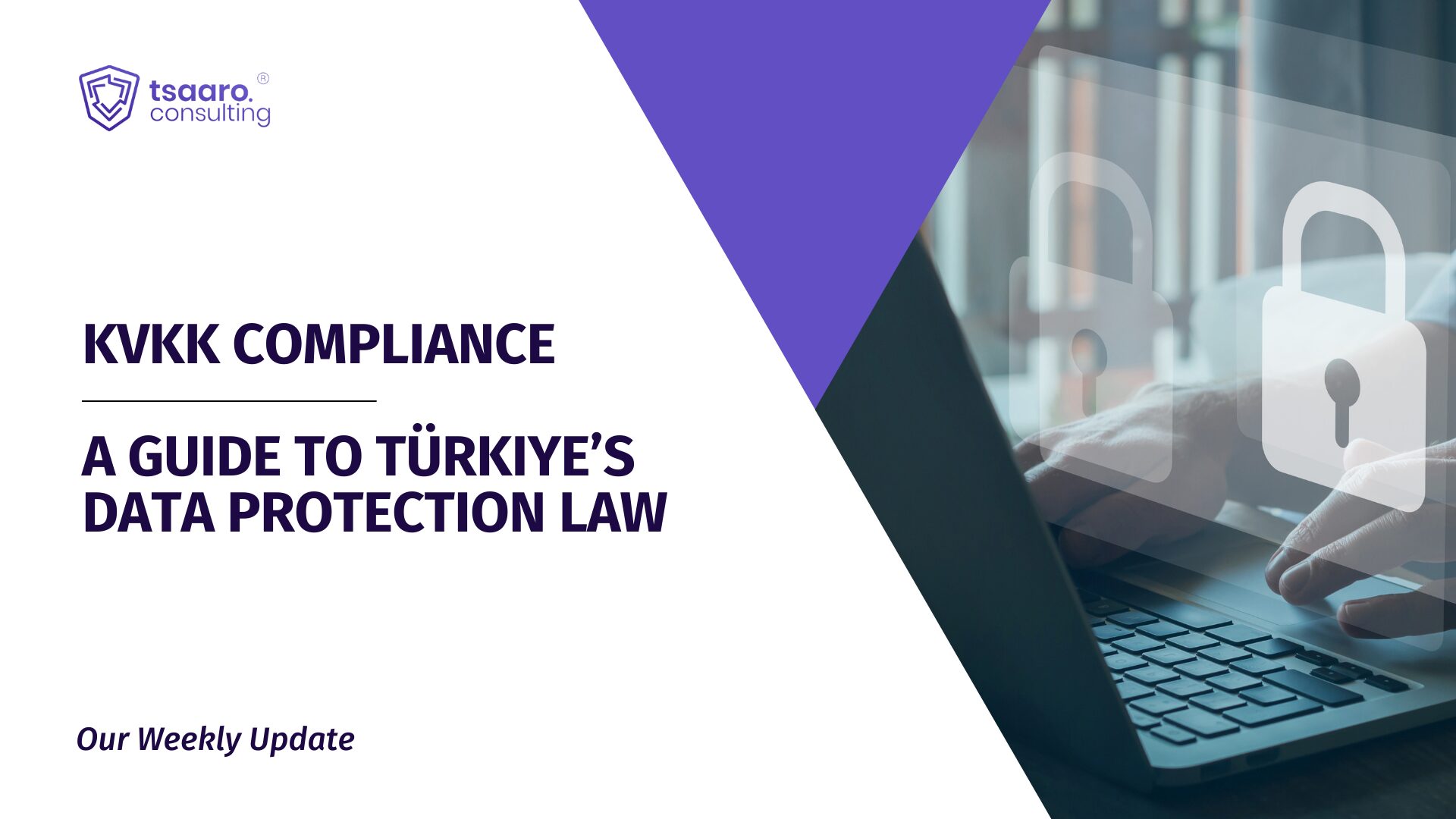
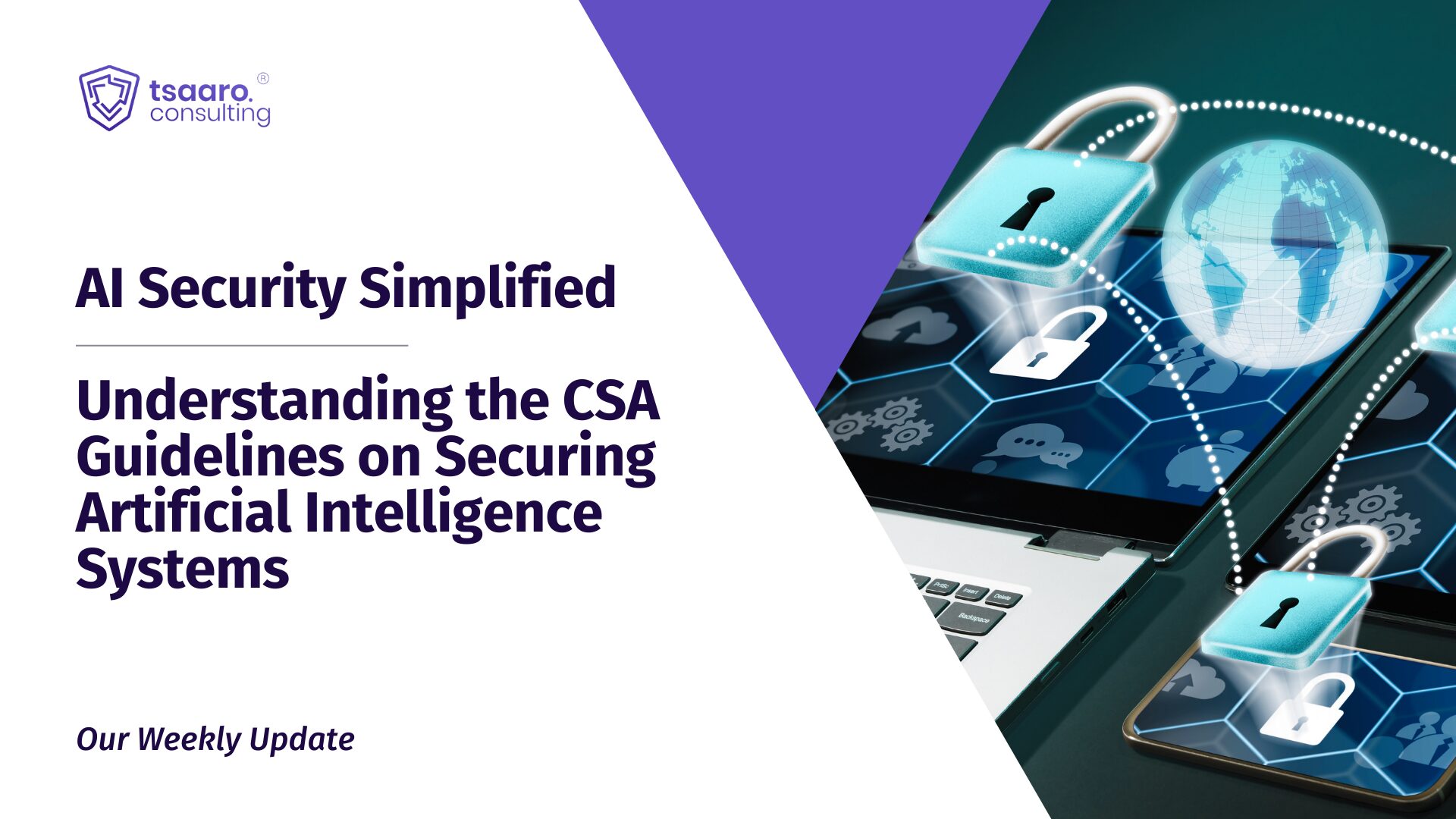
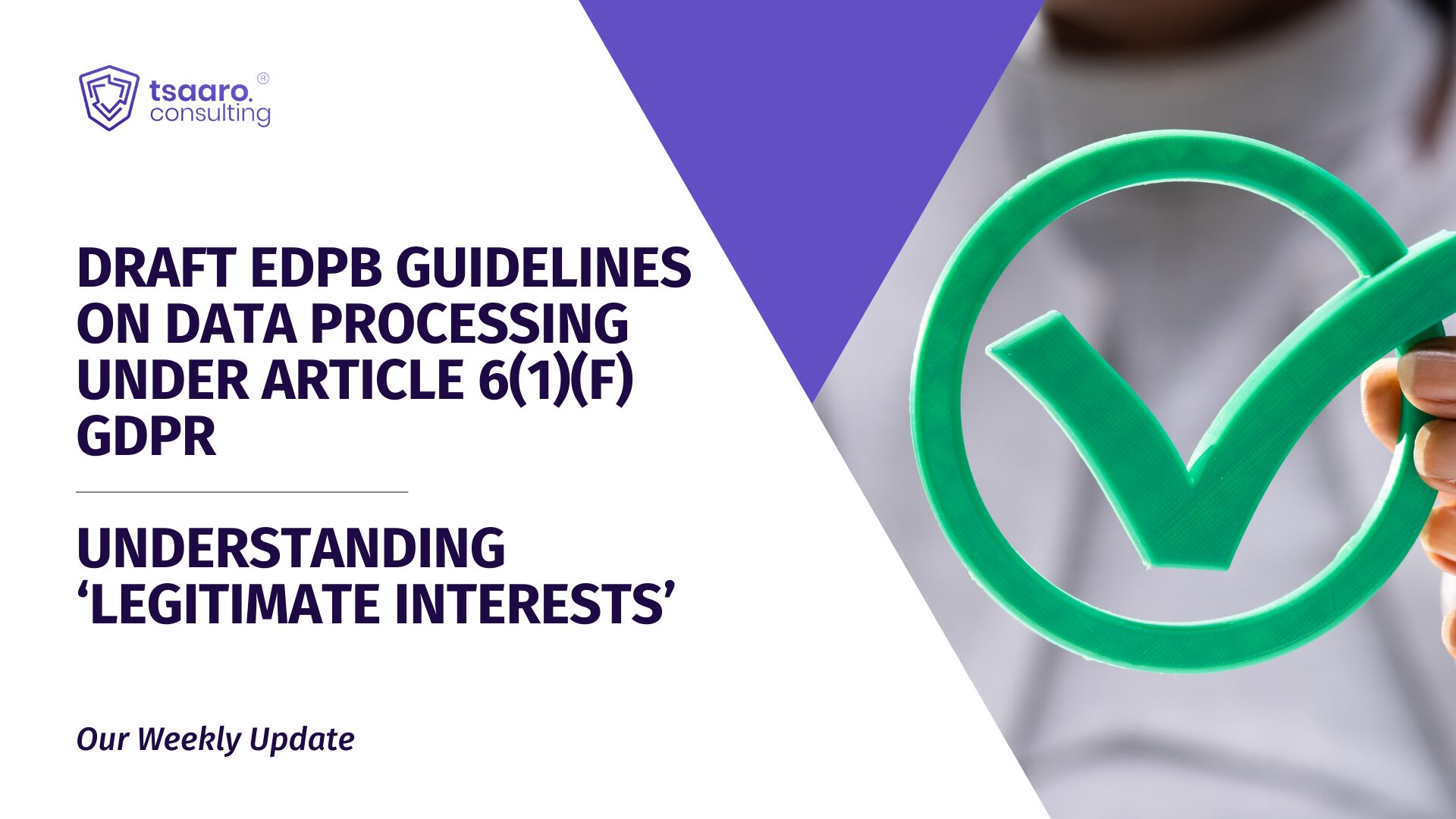

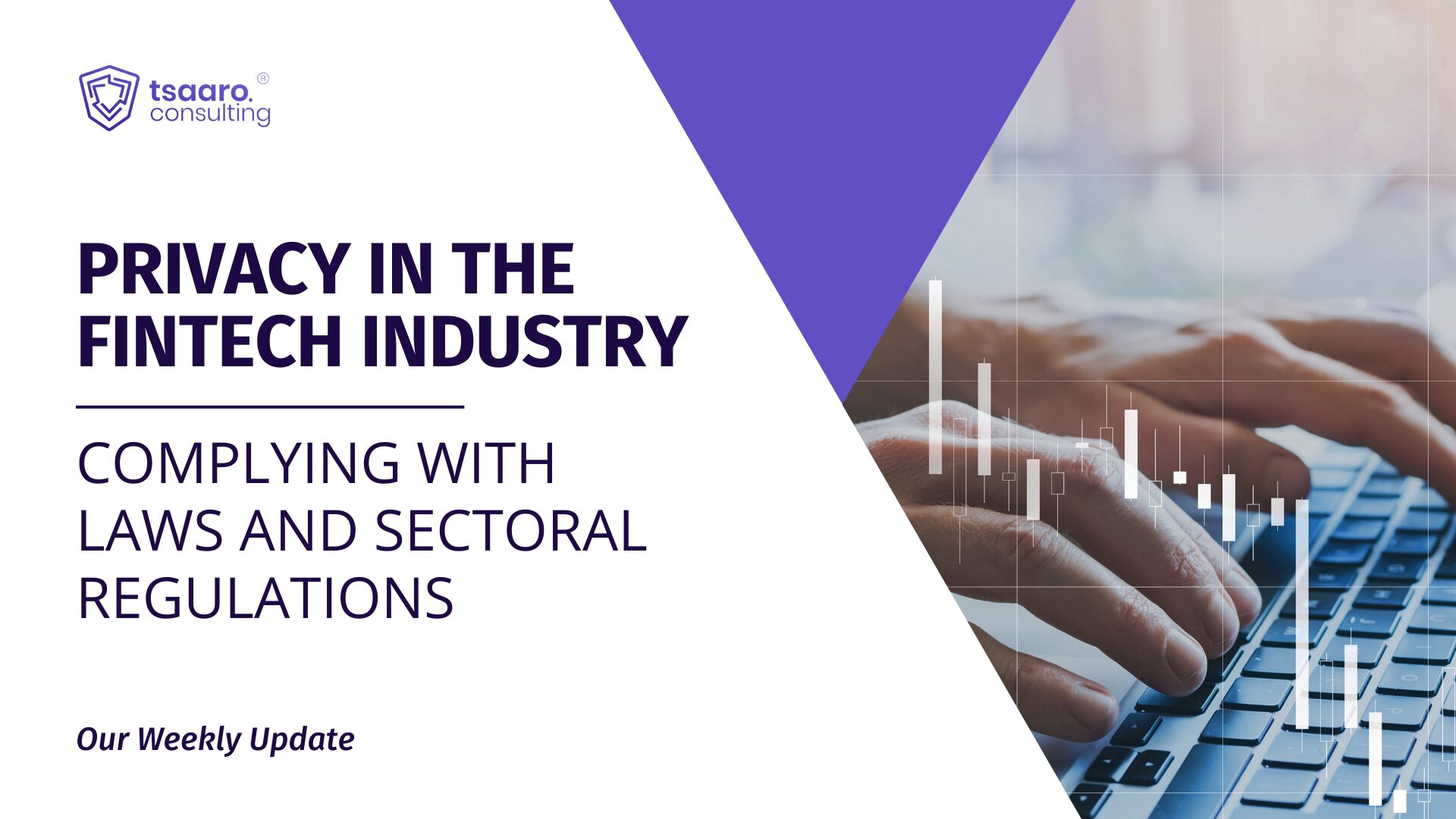
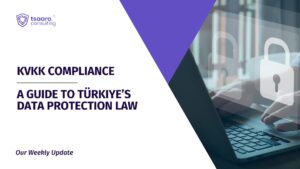
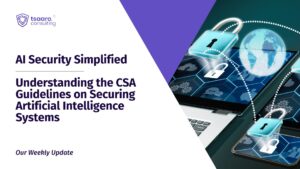



Recent Comments